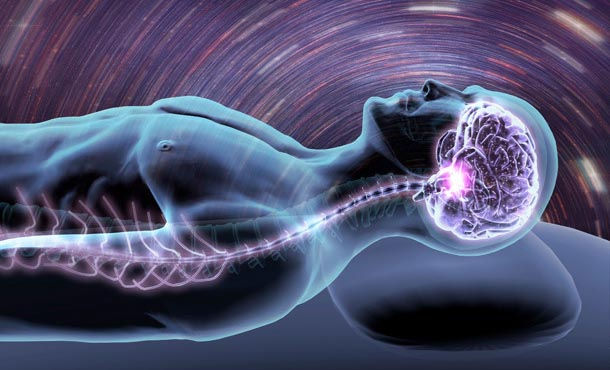Glia: Supporting Cells
- Tasnia Ahmed

- Jan 18, 2023
- 2 min read

Glia (Greek word meaning glue) are supporting cells that are essential for the structural integrity of the nervous system and for the normal functioning of neurons. In the mammalian brain, glia outnumber neurons 10-fold to 50-fold. There are several types of glia in the brain and spinal cord,including astrocytes, radial glia, oligodendrocytes, and Schwann cells. As a group,these cells do much more than just hold neurons together.
In the Central Nervous System, astrocytes provide structural support for neurons and regulate the extracellular concentrations of ions and neurotransmitters. Some astrocytes respond to activity in the neighboring neurons by facilitating information transfer at those neurons’ synapses. Scientists hypothesize that this facilitation may be part of the cellular mechanism of learning and memory. Astrocytes adjacent to active neurons also cause nearby blood vessels to dilate, which increases blood flow to the area, enabling the neurons to obtain glucose and oxygen more quickly. During development, astrocytes induce the formation of tight junctions between cells that line the capillaries in the brain and spinal cord. The result is the blood-brain barrier, which restricts the passage of most substances into the CNS,allowing the extracellular chemical environment of the CNS to be tightly controlled.
In an embryo, radial glia form tracks along which newly formed neurons migrate from the neural tube, the structure that gives rise to the CNS. Both radial glia and astrocytes can also act as stem cells, generating neurons and other glia. Researchers view these multipotent precursors as a potential way to replace neurons and glia that are lost to injury or disease.
Oligodendrocytes and Schwann cells (in the PNS) are glia that form the myelin sheaths around the axons of many vertebrate neurons. The structure of a myelinated axon is shown in the figure below:

Neurons become myelinated during development when Schwann cells or oligodendrocytes grow around axons, wrapping them in many layers of membrane. These membranes are mostly lipid, which is a poor conductor of electrical currents.Thus, the myelin sheath provides electrical insulation of the axon, analogous to plastic insulation that covers many electrical wires.




Comments